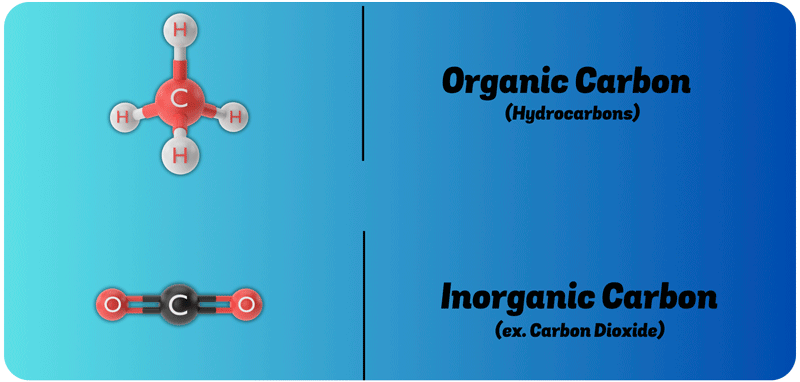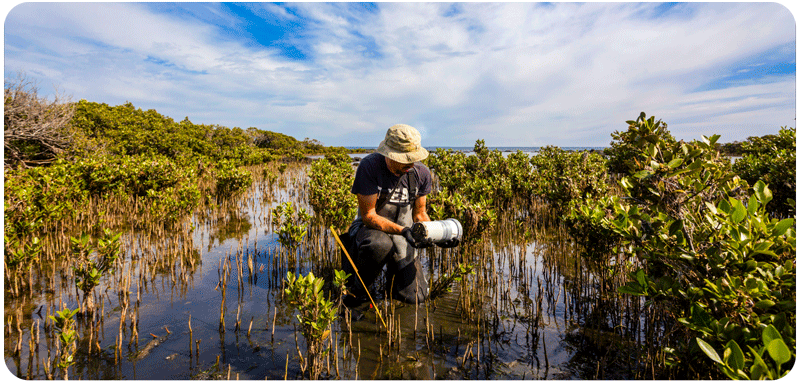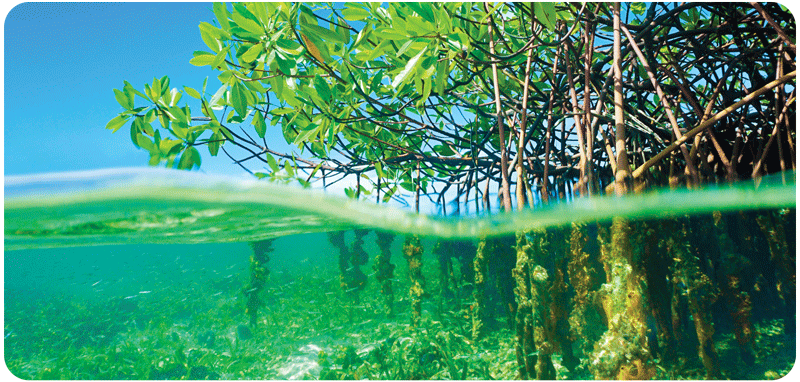What is Carbon Sequestration?
by Nick Hammond on Jun 22, 2023
As we continue to discuss the Earth's changing climate carbon sequestration has captivated our conversations. Being one of our most important concerns in this modern age. But sometimes it seems that no two people see eye to eye when it comes to the world of carbon.
So we've come to set the record straight.

What is Carbon?
Carbon is the basis of all life. It's an element that readily forms into structural molecules. Every cell in your body and every organic structure on Earth utilize carbon as the building block of biomass!
Every tree, fish, bird, and even the germs on your toothbrush, are built upon carbon molecules.
Every tree, fish, bird, and even the germs on your toothbrush, are built upon carbon molecules.

Is Carbon Bad?
Yes and no. Carbon dioxide is an inorganic gas compound found naturally in our atmosphere. Plants need it to photosynthesize. And photosynthesis is the basis for all of the Earth's food chains.
Our planet needs it, and other gases, to trap the sun's heat so that we don't freeze. But what happens when too much carbon gas enters the atmosphere too quickly? More heat is trapped and the Earth's climate begins to rapidly heat.
Under natural circumstances, this isn't a problem. The Earth's climate naturally cycles as the yearly orbits around the sun either move closer or further away over time. However, carbon gasses are an unfortunate bi-product of many of the human industries and activities we partake in daily.
Excess atmospheric gases work like a blanket over our planet trapping more and more heat each year. These rapid changes in the average yearly temperatures destabilize our temperature sensitive ecosystems (like the polar, coral reef, and mountain ecosystems) because the animals there are adapted to slow, not rapid, changes in climate.

Carbon Sequestration
Carbon sequestration is the process of converting and storing atmospheric carbon within carbon sinks. A carbon sink is anything (organic or inorganic) that accumulates and stores carbon such as plants, animals, minerals, fossil fuels, and us. So in many cases, carbon sequestration is just a measure of organic biomass.
Sometimes we tend to think of our forests and trees as magic air filters that are absorbing carbon from our atmosphere. Pumping it into the ground to never be seen again. But the reality is that as plants absorb carbon they are assimilating it into their bodies and growing larger.
Over time, as leaves drop and as organisms die, their carbon based molecules break down and are stored in the sediment or reabsorbed by other organisms, continuing the carbon cycle.

Blue Carbon & Mangroves
Blue carbon is just a fancy term for a measure of stored carbon in the ocean. Our ocean is our planet's largest carbon sink. And blue carbon ecosystems are particularly important because of the benefits they provide to coastal communities.
Mangroves make up the bulk of the coastal plant biomass in tropical and subtropical areas around the world. Because of their ability to grow quickly and adapt to changing conditions they account for the majority of blue carbon sequestration within their habitats.
As they drop leaves and die off they break down into usable carbon forming organic "muck" that is stored underwater and fed upon by small organisms. Becoming a food source for fish that then move offshore to our reefs. In this way, through the carbon cycle, nutrients formed in the mangroves are cycled to support offshore coral reef ecosystems. This is why these coastal carbon giants are so important to our world.
Through our Buy One, Plant One® initiative we're working to replant and restore mangrove ecosystems not just here in Florida but across the globe. Learn more about our planting efforts as we work to change the world, by heading over to Our Mission page.
Tags:
Related Articles






